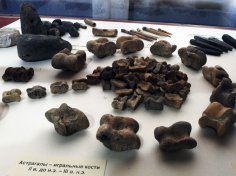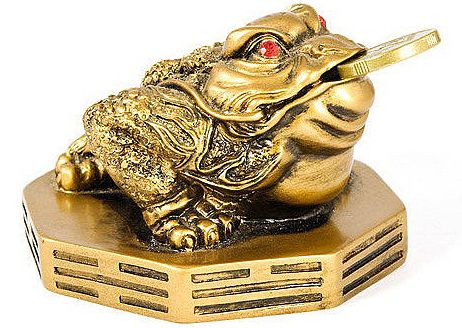
Astragals are a typical find for professional archaeologists. It's worth noting that these objects are found everywhere during excavations: among different peoples, across vast territories, in settlements, and in burials. The term “astragal” most often refers to the talus bones of various animals. Much less commonly, they are referred to as “alchiks,” “ankles,” “kostygi,” or “babki.” The term “astragal” itself comes from the Greek astragalos, which refers to the coffin bone of a bovine animal.
Astragals are known to archaeologists from many sites dating back to the Chalcolithic period. However, the meaning and purpose of this object often sparks debate among experts. For example, some believe astragals were used solely as dice, while others consider them objects of ritual and magical practices. Some modern researchers, however, agree that astragals were used by ancient people both as dice and as part of religious ceremonies.
Astragalus as a magical thing
The talus itself has a distinctive, cubical shape. Perhaps this fact led the ancients to believe that its shape was not a mere coincidence. They believed that this bone could be used to communicate with the gods and discern their will. It's also curious that some astragals found by archaeologists contain scratched symbols or drawings. While it's impossible to say exactly what these meant, many experts claim that the owners of these magical bones inscribed their names on them. All of this suggests that the astragalus held great significance for its owner and served various functions, including allowing one to discern one's destiny.
It's not known exactly when animal bones first began to be used for gambling, but it likely occurred after they had lost their sacred and magical significance. It's entirely possible that the ancient astragals, so frequently found at archaeological sites, are the prototypes of modern dice.
Astragalus as a dice
The oldest dice were discovered in Iran. They are estimated to be over 5,000 years old. For a long time, dice remained a favorite pastime for people in both Eastern and Western countries. For example, the ancient Greeks and Romans, and later the Byzantines and Arabs, were particularly fond of them. Before the advent of Christianity, various fortune-telling and magical rituals were not illegal. They were used as a form of entertainment, including with the use of dice. However, with the advent of Christianity, such pagan relics began to be eradicated.
After the schism of the Church in the 11th century, astragals began to be used again as an element of magical rituals. Even today, dice can be used to lift the veil of the future.
Modern fortune telling is quite simple. Questions should be phrased in such a way that they can be answered with “yes” or “no.” Fortune telling typically uses one to three dice. Fortune telling typically covers a specific period—a day, a week, or a month. Dice reading involves several simple steps:
1) ask a specific question;
2) then place the bones in a special cup;
3) shake it several times and then throw the dice onto the table.
The number drawn will serve as the answer to the question asked. An even number will mean “yes,” and an odd number will mean “no.”
Thus, the astragalus is a very interesting object. Ancient people considered it a magical object. At the same time, astragalus served as the precursor to the modern game of dice.





